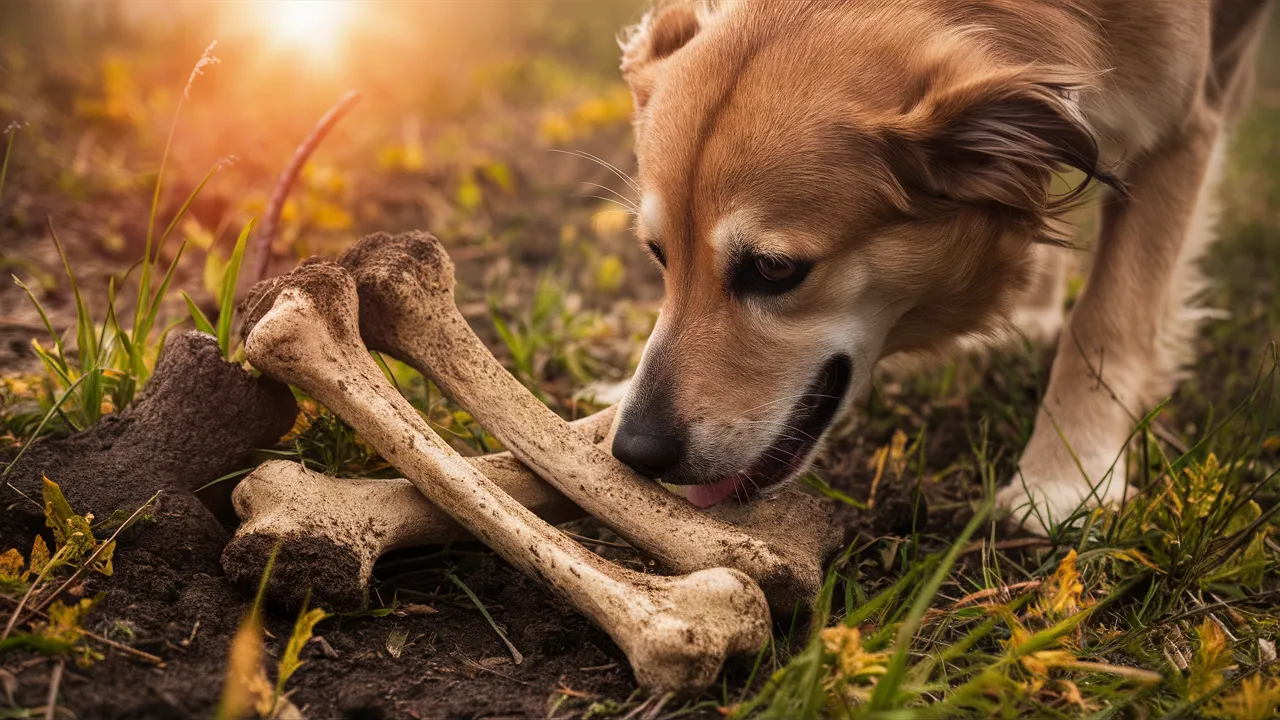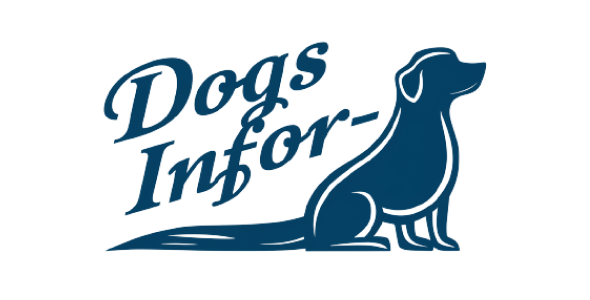What Are Dog Bones Made Of? Discover the different materials used to make dog bones and learn about their safety, durability, and potential health risks. Choose the best chew for your furry friend with Dogs Infor!
What Are Dog Bones Made Of? The Different Types of Dog Bones
A vast and varied landscape of chew toys, each with its own unique appeal and quirks. Let’s explore the different types:
Rawhide Bones
These are the classic, often-chewed, and sometimes controversial bones. Made from the dried hide of cattle, they’re a natural chew that many dogs enjoy. They come in various shapes, sizes, and even flavors.
Pros:
- Natural and often appealing to dogs
- Can help clean teeth and freshen breath
- Can provide mental stimulation
Cons:
- Can be tough to digest and can cause digestive problems if eaten in large quantities
- Can splinter, posing a choking hazard
- Not all dogs can handle the texture
Nylon Bones
These are the tough guys of the chew world, made from durable plastic designed to withstand even the most enthusiastic chewers. They come in various shapes, colors, and even flavors.
Pros:
- Durable and long-lasting
- Can help clean teeth and freshen breath
- Can provide mental stimulation
Cons:
- Can be hard on teeth and gums
- Can be a choking hazard if broken into small pieces
- Not all dogs enjoy the texture
Rubber Bones
These are the softer, gentler option, made from flexible rubber that’s easier on teeth and gums. They often come with fun shapes, colors, and even built-in squeakers.
Pros:
- Gentle on teeth and gums
- Can provide mental stimulation
- Often come with fun features
Cons:
- Can be easily chewed up and swallowed
- Not as durable as nylon or rawhide bones
- May not be as appealing to heavy chewers
Bone-Based Chews
These are a more recent addition to the chew world, often made from real bones that have been processed and made safe for chewing. They come in various shapes and sizes, and some even have added flavors.
Pros:
- Natural and often appealing to dogs
- Can help clean teeth and freshen breath
- Can provide mental stimulation
Cons:
- Can be hard and may pose a choking hazard
- Not all dogs can handle the texture
- May not be as durable as other types of bones
Other Materials
The world of dog bones is always evolving, with new materials and designs popping up all the time. You might find bones made from wood, antlers, or even edible treats. Each type has its own pros and cons, so it’s important to do your research and choose a bone that’s safe and appropriate for your dog.
Safety Considerations for Dog Bones

A source of joy for many a canine, but it’s important to remember that safety should always come first. Here are some key considerations to keep in mind:
Choking Hazards
This is a big one! Dogs can easily choke on small pieces of bone, especially if they swallow them whole. This is particularly true for smaller dogs or those who are prone to gulping down their treats.
- Choose bones that are appropriate for your dog’s size. A large bone for a small dog is a recipe for disaster.
- Supervise your dog closely while they’re chewing. If you see them trying to swallow large pieces, take the bone away.
- Consider bones made from softer materials, like rubber or edible treats. These are less likely to splinter or break into sharp pieces.
Digestive Issues
Some types of bones, like rawhide, can be tough to digest and can cause digestive problems if eaten in large quantities.
- Limit the amount of bone your dog chews on. A little bit goes a long way.
- Watch for signs of digestive upset, such as vomiting, diarrhea, or constipation. If you notice any of these symptoms, stop giving your dog bones and contact your veterinarian.
- Consider bones that are easily digestible, like those made from bone meal or edible treats.
Allergies and Sensitivities
Some dogs may be allergic or sensitive to certain types of bones, such as rawhide or nylon.
- Watch for signs of allergies, such as itching, redness, or swelling. If you notice any of these symptoms, stop giving your dog bones and contact your veterinarian.
- Consider bones made from hypoallergenic materials, like rubber or edible treats.
Durability and Breakage
Some bones, especially those made from hard materials like real bones or nylon, can break into sharp pieces that can pose a choking hazard or injure your dog’s mouth.
- Choose bones that are durable and designed for chewing. Avoid bones that are easily broken or splintered.
- Supervise your dog closely while they’re chewing. If you see any signs of breakage, take the bone away immediately.
- Consider bones made from softer materials, like rubber or edible treats. These are less likely to break or splinter.
Choosing the Right Dog Bone
Dog bones are a popular treat and chewing toy, but choosing the right one is crucial for your dog’s safety and well-being. Here’s a guide to help you make an informed decision:
Size and Breed Considerations
- Size: The bone should be large enough that your dog can’t swallow it whole, but small enough for them to comfortably chew.
- Breed: Consider your dog’s breed and chewing habits. Powerful chewers need durable bones made from hard materials like nylon or rubber. Smaller breeds may be better suited to softer bones or chew toys.
Chewing Habits and Strength
- Chewing intensity: Observe your dog’s chewing habits. Some dogs are gentle chewers, while others are aggressive chewers. Choose a bone that can withstand their chewing strength.
- Material: Bones come in various materials, including nylon, rubber, rawhide, and even edible options like bully sticks. Choose a material that’s safe for your dog and appropriate for their chewing style.
Dental Health Needs
- Dental benefits: Some bones are designed to help clean teeth and freshen breath. Look for bones with textured surfaces or ridges that can help scrape plaque and tartar.
- Veterinarian consultation: Consult your veterinarian about your dog’s specific dental needs and whether a bone is the right choice for them.
Reputable Brands and Quality
- Safety: Choose bones from reputable brands that use safe and non-toxic materials. Avoid bones with sharp edges or small pieces that could pose a choking hazard.
- Durability: Look for bones that are durable and won’t easily break apart.
- Supervision: Always supervise your dog when they are chewing on a bone to ensure they don’t swallow any pieces.
Conclusion
Ah, the world of dog bones! It’s a fascinating and sometimes confusing landscape, but with a little knowledge and careful consideration, you can make informed choices that keep your furry friend happy, healthy, and safe.

Related Post
Dog Years To Human Years: What’s the Difference?
What Human Food Can Dogs Eat? Safe & Unsafe Foods
The Ultimate Guide To Dog Injection Schedule